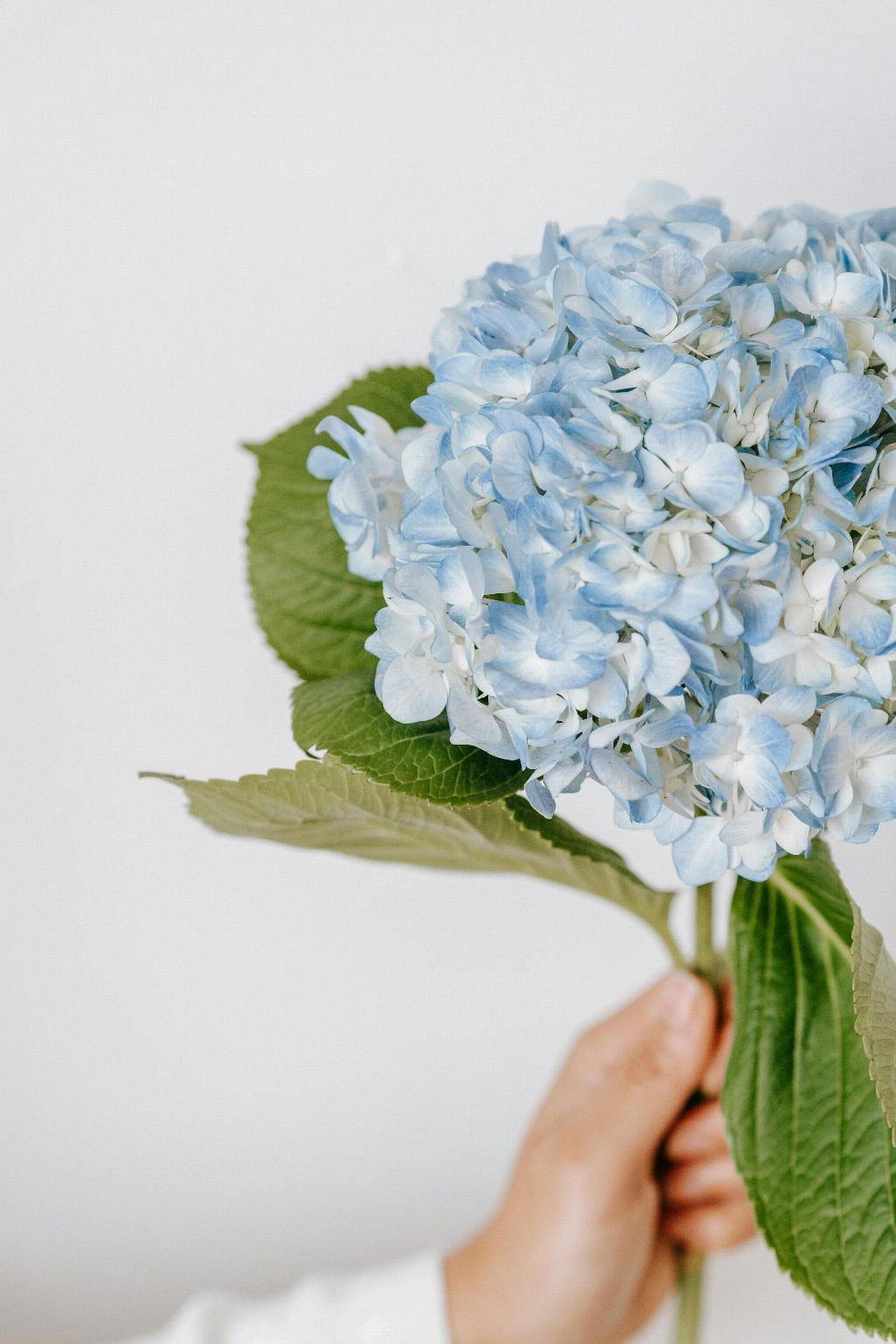If you’ve noticed your hydrangea looking lifeless and unwell, it can be a cause for concern. There are several reasons why your hydrangea might appear dead, despite your best efforts to care for it.
Overwatering and its Effects
One common cause of a hydrangea looking dead is overwatering. When a hydrangea receives too much water, it can lead to brown, wilted leaves, yellowing foliage that eventually drops off, and stunted growth. Overwatering can also cause root rot, which manifests as a plant that appears half dead, with white fungus near the crown. These symptoms can be alarming but understanding the root cause can help revive your hydrangea.
Insufficient Water and Dehydration
Conversely, underwatering can also cause a hydrangea to look dead. When a hydrangea does not receive enough water, its leaves may become dry and crispy, wilting and turning brown. This lack of hydration can hinder the plant’s ability to thrive and may result in the appearance of a struggling, lifeless hydrangea.
Poor Soil Conditions
The quality of the soil in which your hydrangea is planted plays a crucial role in its health. If the soil is not well-draining or lacks nutrients, your hydrangea may struggle to absorb water and essential minerals. This can lead to wilting, yellowing leaves, and an overall unwell appearance, giving the impression that the plant is dying.
Improper Light Exposure
Hydrangeas require the right amount of sunlight to thrive. If your hydrangea is exposed to too much direct sunlight or, conversely, not enough light, it can impact its growth and overall health. Sunburnt leaves, wilting, and browning foliage are signs that your hydrangea’s light exposure may be inadequate, causing it to look dead.
Disease and Pests
Diseases and pests can also contribute to your hydrangea appearing dead. Fungal infections, such as powdery mildew or root rot, can cause wilting, yellowing leaves, and overall decline in the plant’s health. In addition, pests like aphids or spider mites can feed on the plant, leading to damage that may resemble a dying hydrangea.
Recovery and Reviving Your Hydrangea
If your hydrangea looks dead, there is still hope for revival. By identifying the root cause of the issue, whether it be overwatering, underwatering, poor soil conditions, improper light exposure, disease, or pests, you can take the necessary steps to help your hydrangea recover.
Adjusting your watering schedule, ensuring proper drainage, providing adequate sunlight, and addressing any signs of disease or pest infestation are essential in restoring your hydrangea’s health and appearance. With patience and proper care, your hydrangea can bounce back and thrive once again.
Conclusion
When your hydrangea looks dead, it can be distressing, but understanding the potential causes and taking proactive measures to address them can make a significant difference in reviving your plant. By identifying the underlying issues and providing the necessary care, you can help your hydrangea regain its vitality and beauty.

